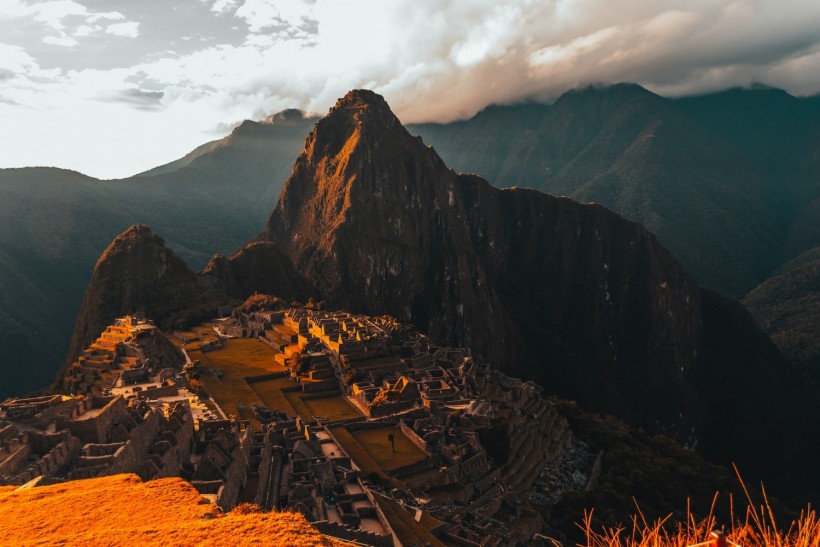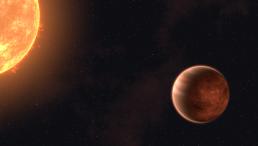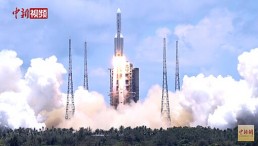The Incas were ritualistic people with many bizarre practices when compared to modern norms, but not much is known about the pre-Inca civilization. As such, new findings suggest that the ancient society had ritualistic dances to praise the thunder god.
Pre-Inca Ritual
The civilization that existed about a century before the Inca empire could have been worshipping the thunder god, according to new evidence. This ancient society which existed in about A.D. 1400 had their own forms of ritualistic dances which they carried out in designated sites.
The location for these ritualistic dances could have been off the Andres Mountains ridges high above. The evidence suggests that the ancient society which existed around 700 years ago would have their own forms of dances that mimic the sound of thunder.
As such, this involved stomping their feet on a sacred dance floor creating a thunder-like rumble to worship the thunder god. A ritualistic dance site was discovered at high altitudes, showing evidence of unlikely regional members in the ritual.
Ancient Society Explained
Kevin Lane, a University of Buenos Aires archaeologist, explained how the site was located in Viejo Sangayaico, Peru, where archaeologists found regional farming and herding group members in high altitudes. These people were known as the Chocorvos and were the ones who built the reverberating platform.
The Chocorvos were believed to be natives that existed during the Late Intermediate Period, which was around A.D. 1000 to 1400. They were also supposedly behind certain historical terraces, canals, and bofedals.
The archaeologists unveiled different soil, ash, and guano layers which were designed to absorb the shocks and create resonant sounds when stomped on. Lane described the stomping surface as functioning somewhat like a massive drum, which was enough to fit 20 to 25 people.
Investigating the Site
The site in Viejo Sangayaico was initially worked on by Lane's team in 2014 where two open-air platforms were spotted. They first noticed a hollow sound when people would leave the ritualistic area.
In later excavation attempts, a part of the platform revealed six sediment deposits and different layers of various elements. These included deposits of clay, sand, ash, and ashy layers.
The ground also had a section heavy with small cavities and guano from larger animals like alpacas and llamas. The mix of all of these elements together created a drumlike sound for the surface of this platform, amplifying the sound of the ritualistic dances.
Lane and his team tested out the platform to see how effective it really was at amplifying sound, and they found that in groups of two to four, the resulting sound had a 60 to 80 decibel intensity. The archaeologist notes that this was similar to the level of noise people would hear in a noisy restaurant or when they were in a loud conversation.
To create a larger volume of sound, the Chocorvos were believed to have accompanied their stomps with singing and dancing using musical instruments. The amplified sound could've been a form of worship to their thunder god and other deities.
RELATED ARTICLE: Ancient Forest Discovered in China's Sinkhole 600ft Underground; Primitive Habitat Could Be Home to Unidentified Species
Check out more news and information on Environment and Climate in Science Times.














!['Cosmic Glitch' in Einstein's Theory of General Relativity Could Be Explained in This New Scientific Tweak [Study]](https://1721181113.rsc.cdn77.org/data/thumbs/full/53435/258/146/50/40/cosmic-glitch-in-einsteins-theory-of-general-relativity-could-be-explained-in-this-new-scientific-tweak-study.jpeg)
